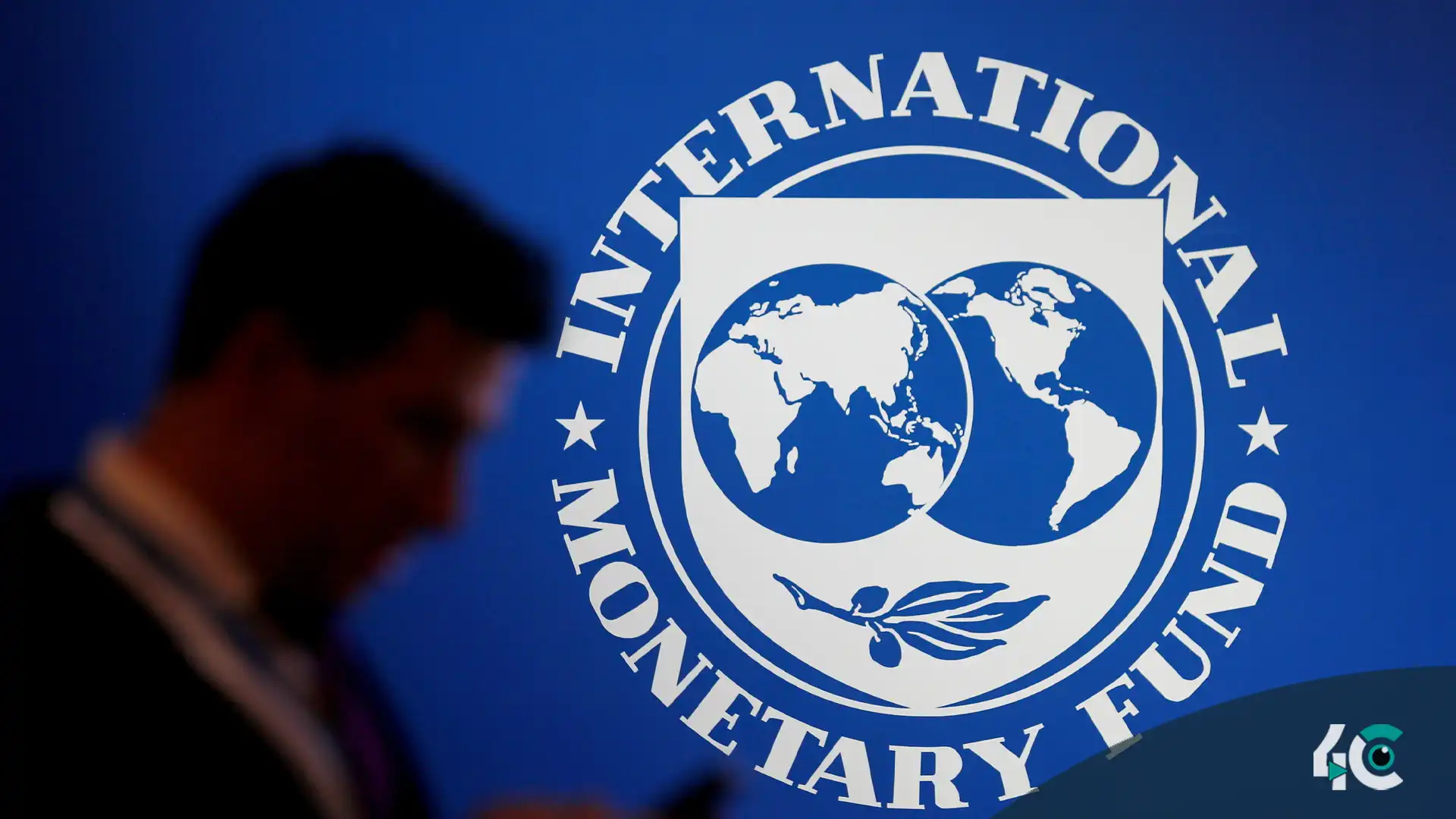The International Monetary Fund (IMF) has put up a thorough plan to increase central bank digital currencies’ (CBDCs) worldwide acceptance. Focused on four main areas—regulation, education, design, and incentives—the framework, REDI, By tackling the primary obstacles preventing extensive CBDC adoption, this strategy seeks to let legislators and financial institutions drive the shift toward digital currencies.
Emphasizing the need of careful planning and stakeholder involvement in making CBDCs viable, the REDI framework is described in a recent IMF research called “Central Bank Digital Currency Adoption: Inclusive Strategies for Intermediaries and Users.” The paper underlines that mass acceptance of CBDCs depends on strategic choices stressing the demands of financial intermediaries as well as end users.
Regulation, the first pillar of the framework, guarantees the security and integrity of financial systems and motivates legislators to carry out suitable legislative actions facilitating CBDC implementation. Education, the second pillar, emphasizes on increasing public confidence in digital currencies by means of awareness-raising campaigns. The IMF advises central banks to spearhead communication initiatives aiming at raising awareness and trust among possible users.
The design element of the REDI framework underlines the requirement of user-friendly elements and the building of a large intermediate network to simplify CBDC operations. In order to encourage general use of CBDCs, the incentive pillar finally suggests both financial and non-financial solutions like lowering transaction fees and setup expenses for retailers.
The IMF notes that difficulties still exist even although the framework presents a disciplined road to implementation. Important questions such the long-term viability of CBDC systems, preserving financial stability, and balancing fast adoption against regulatory control will call further research.
Through addressing these issues and applying the REDI framework, central banks may establish the appropriate environment to guarantee a more inclusive, smoother shift to digital currencies.


































